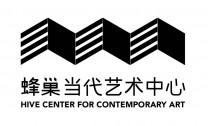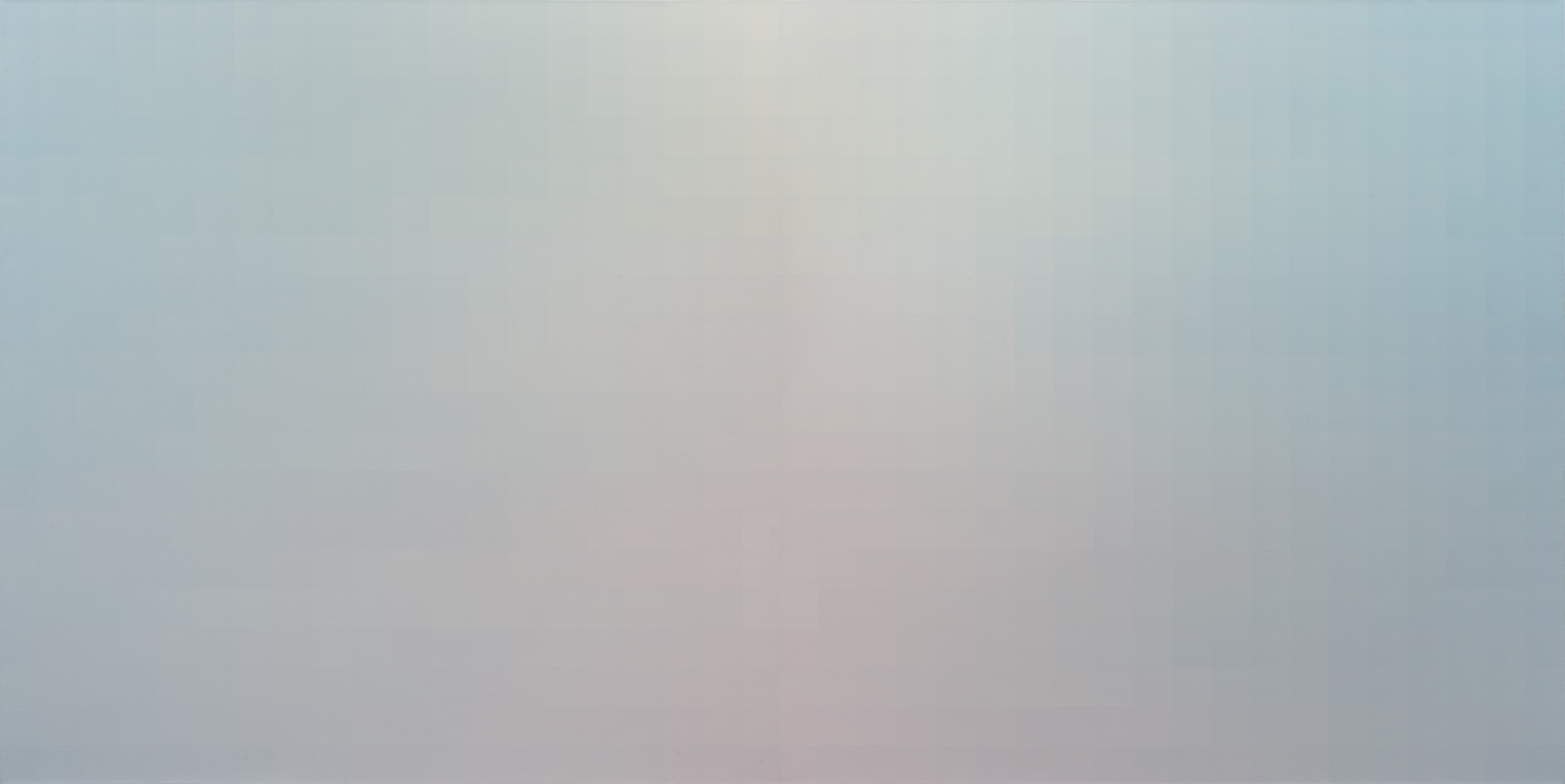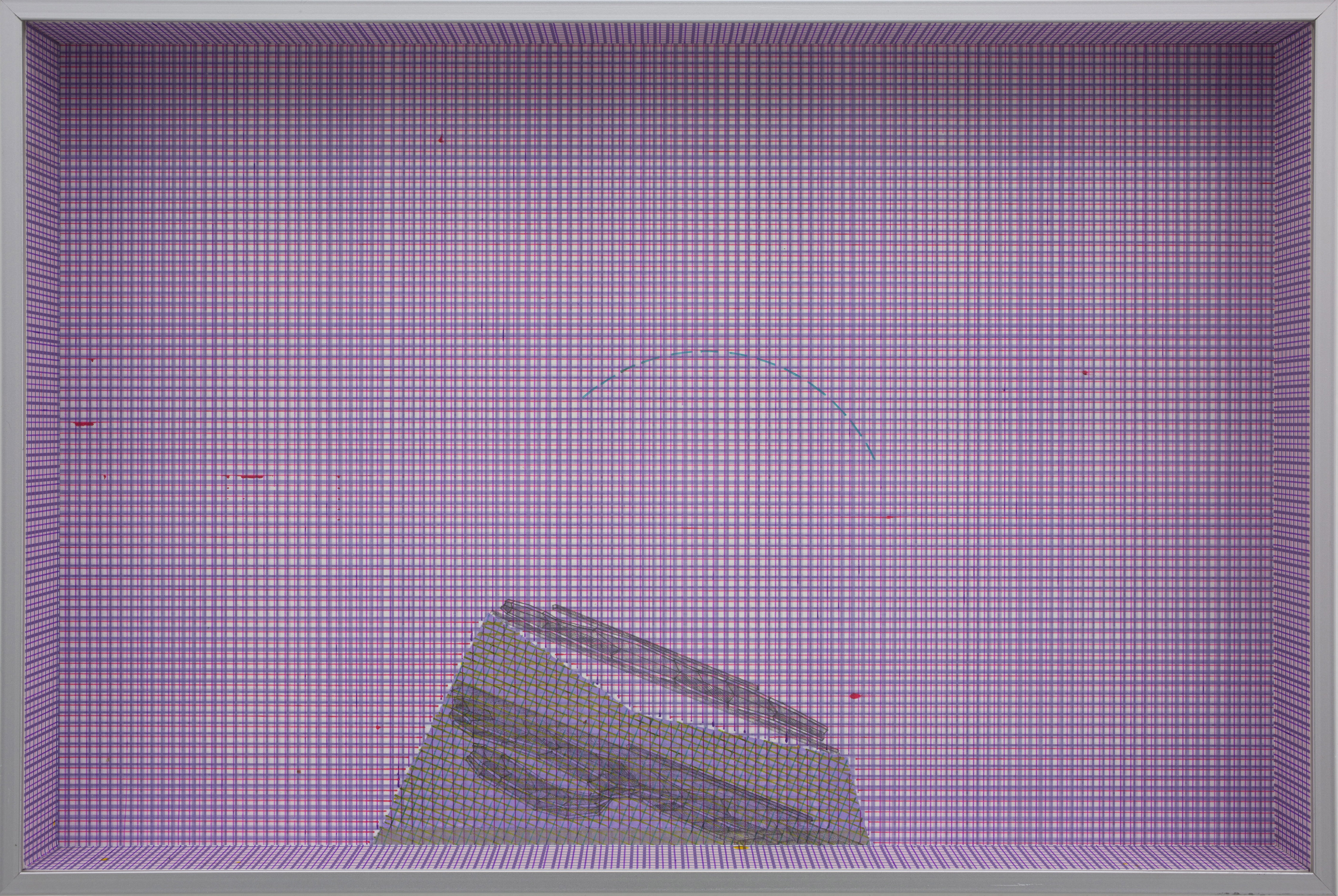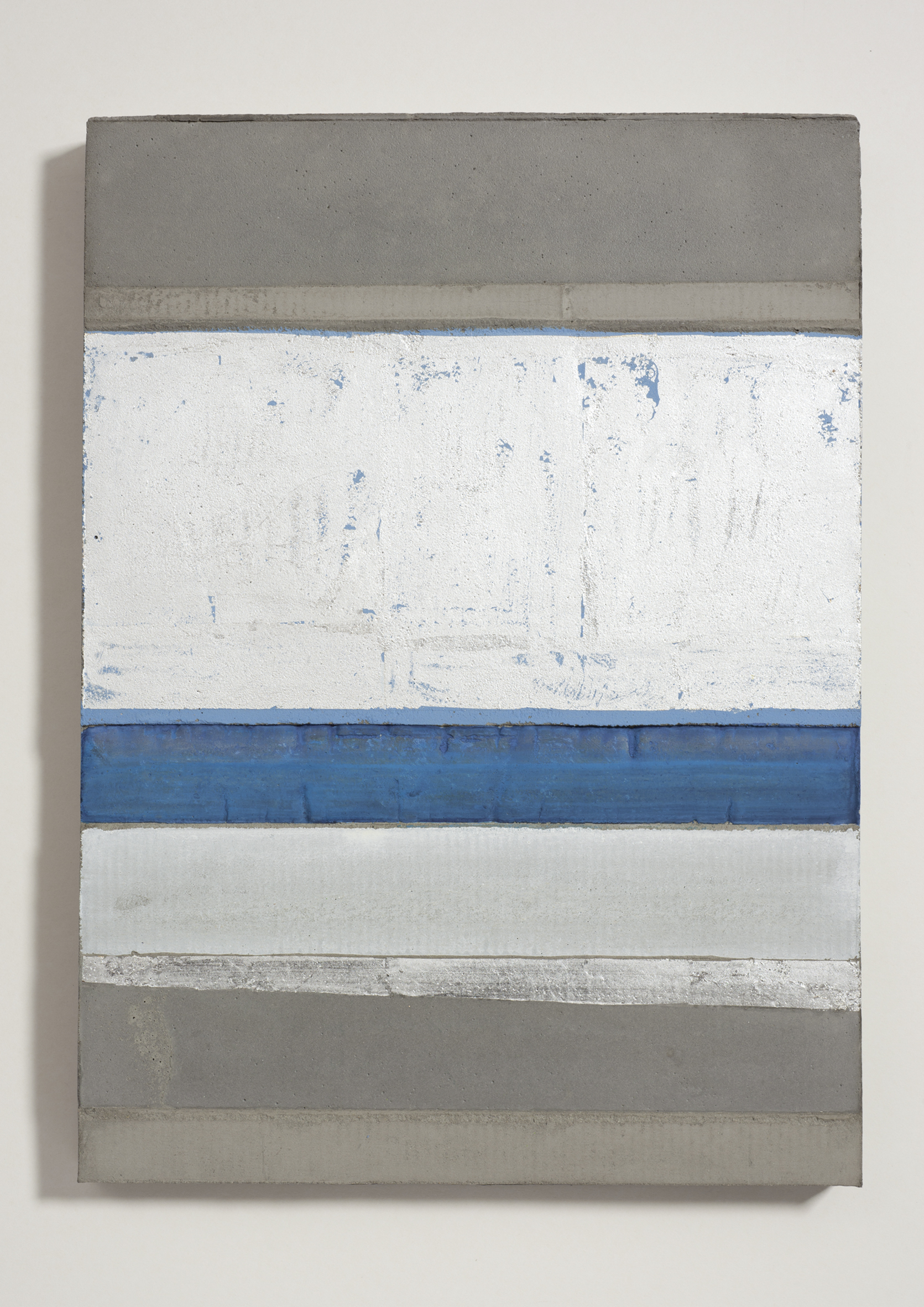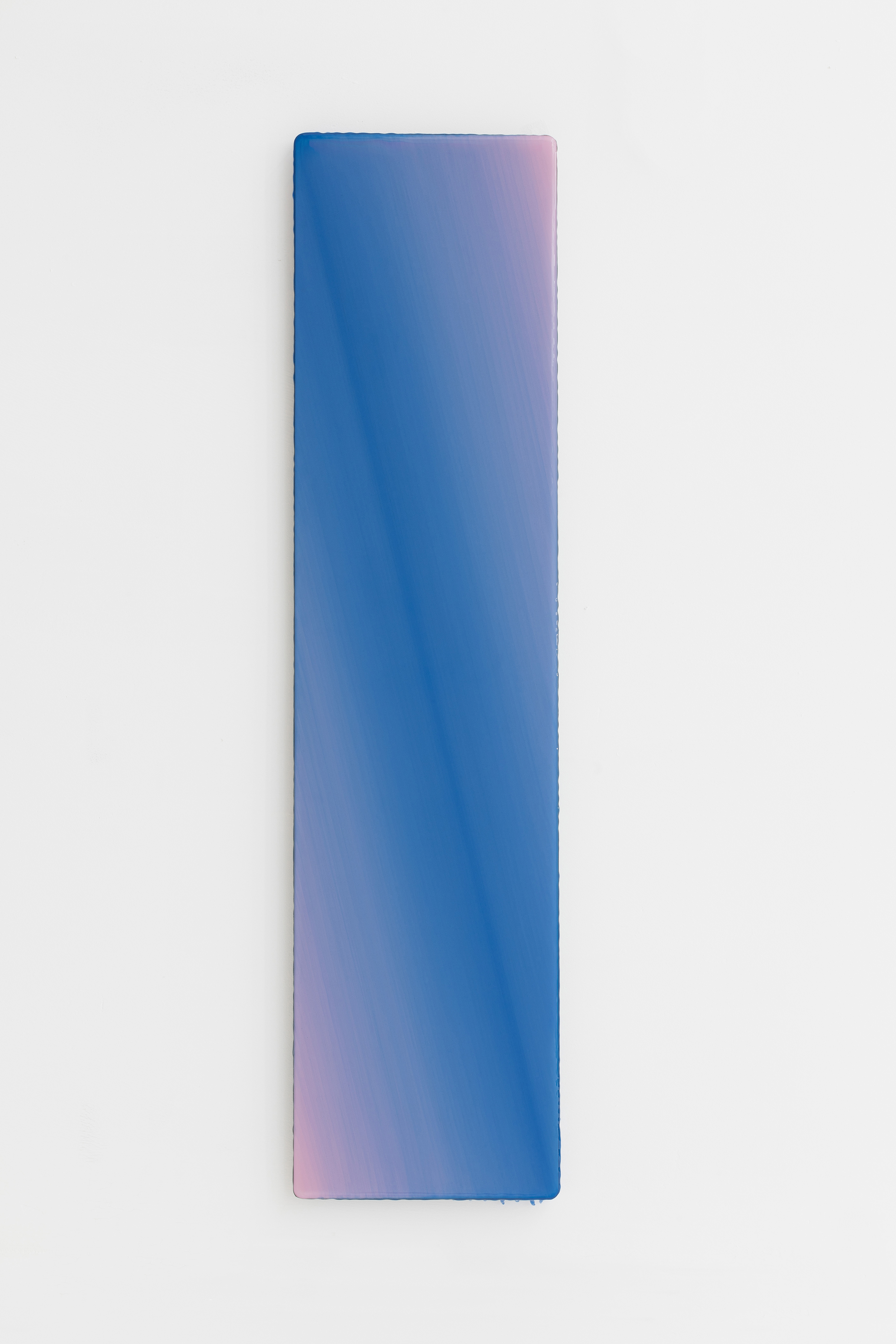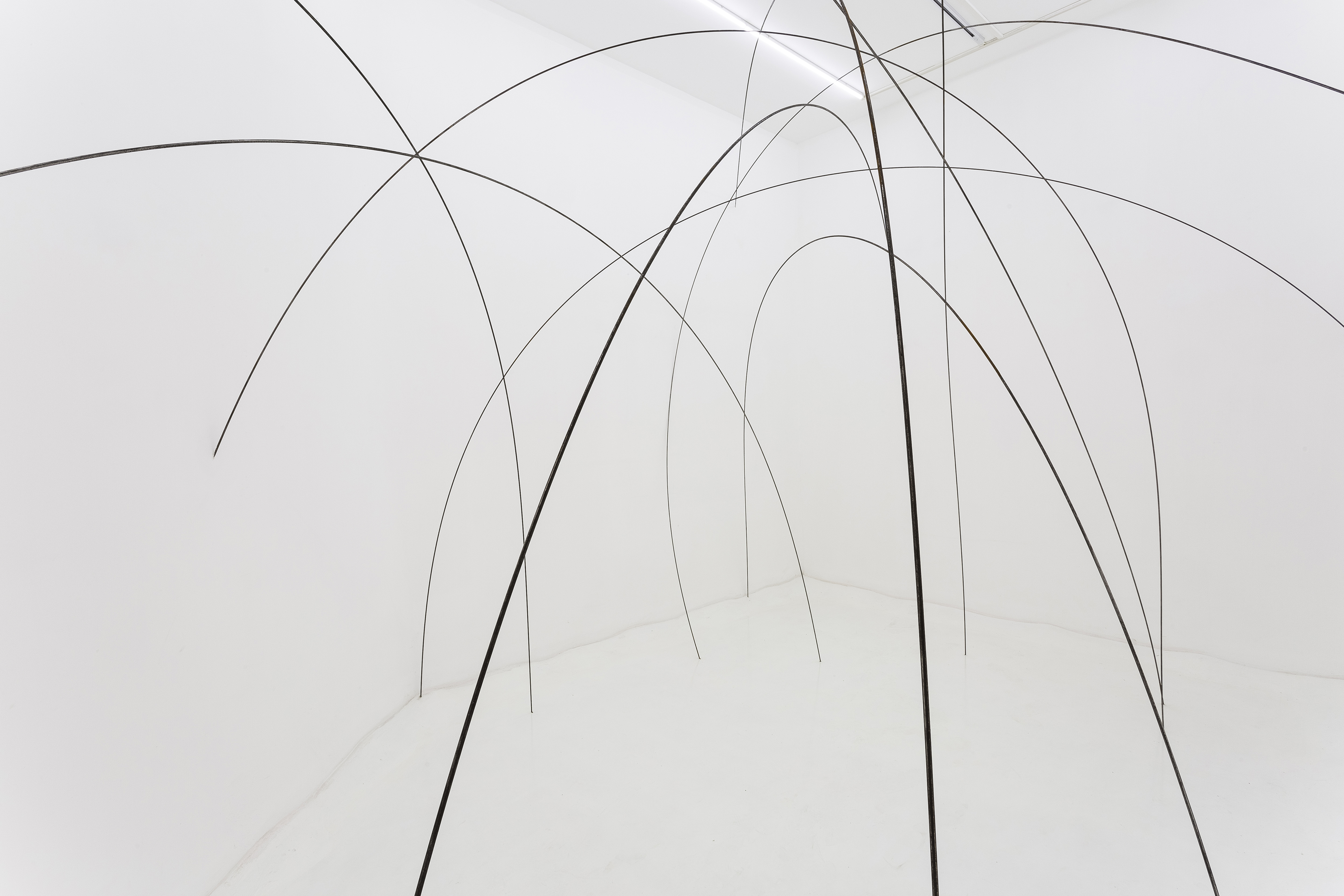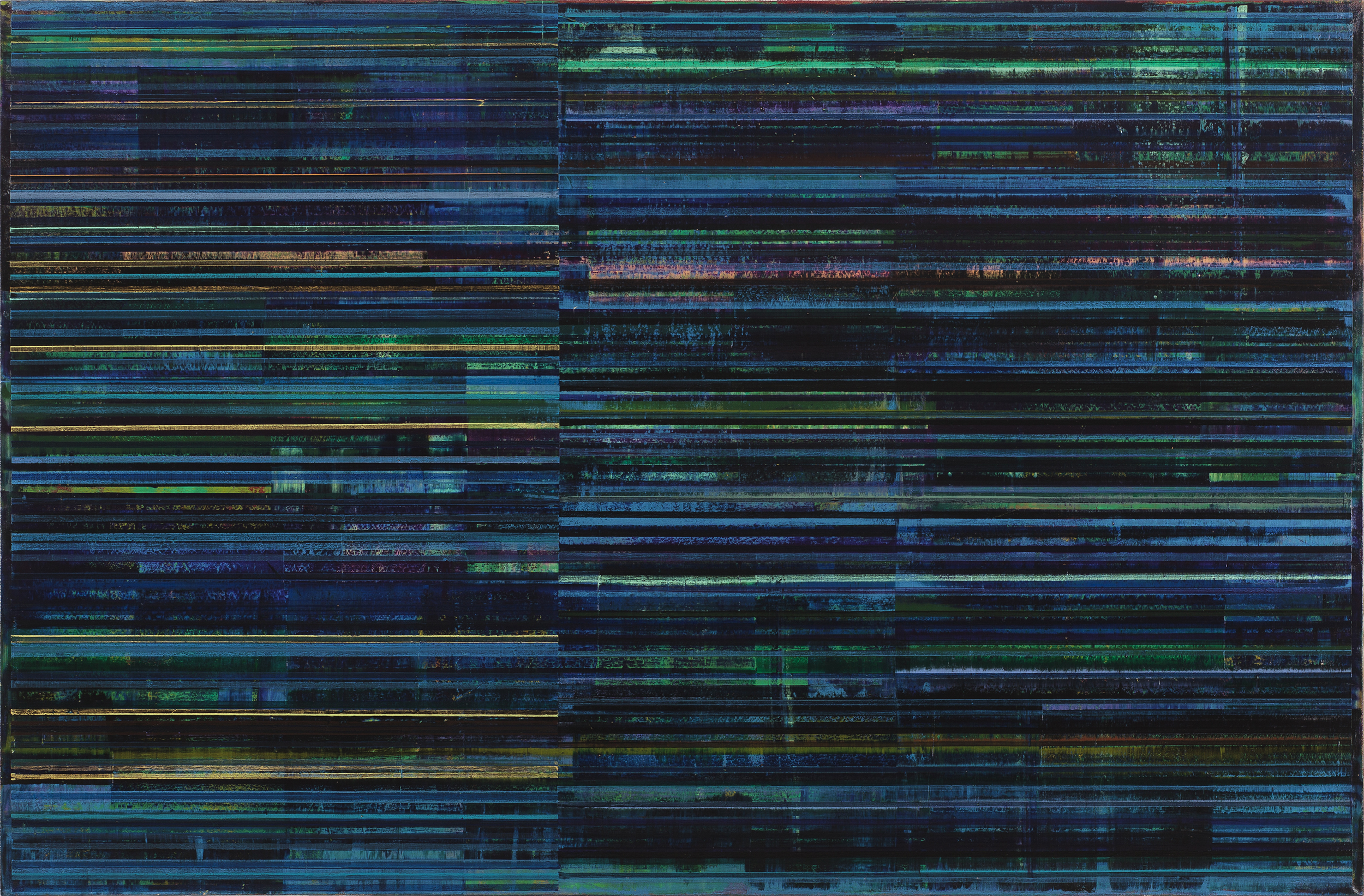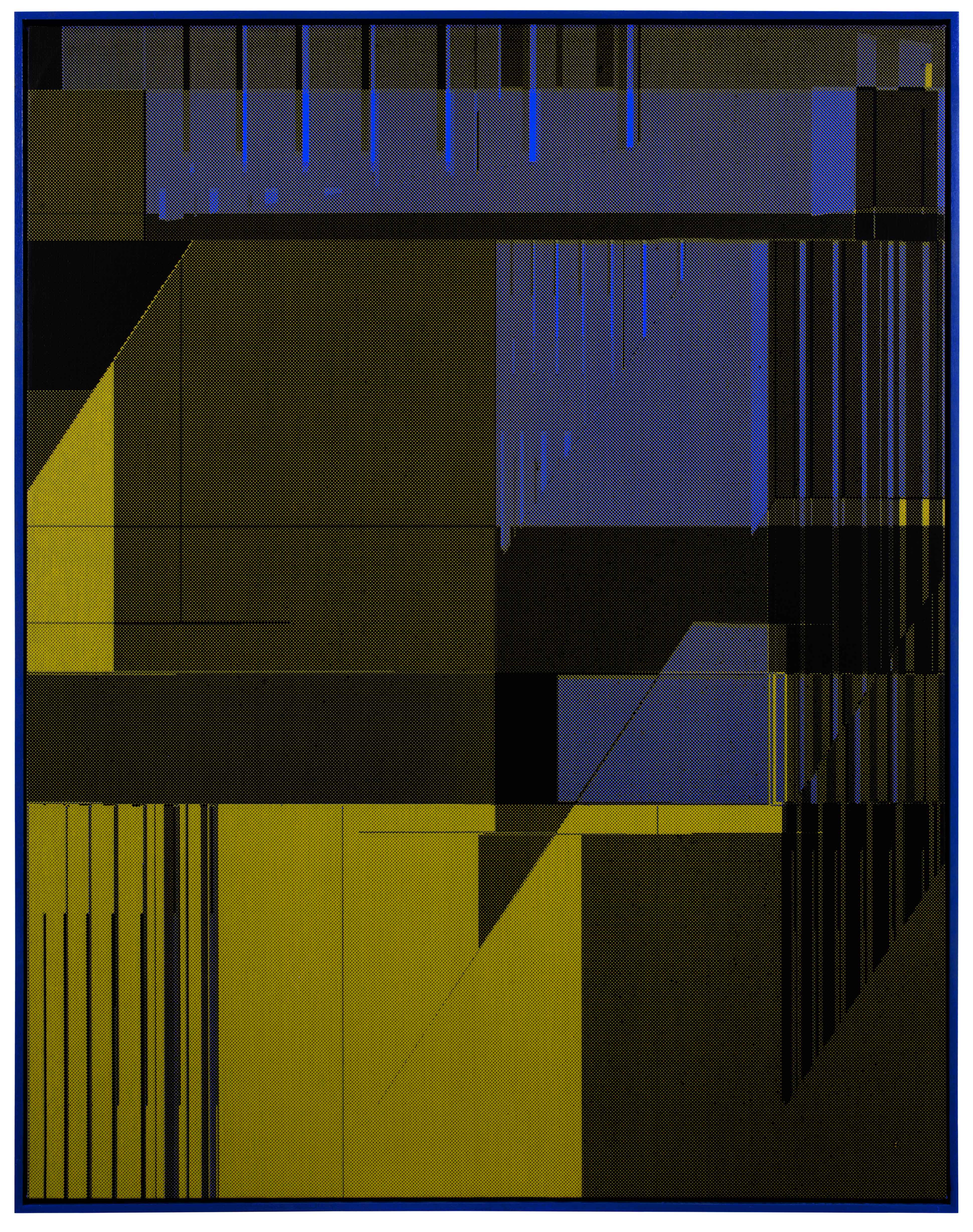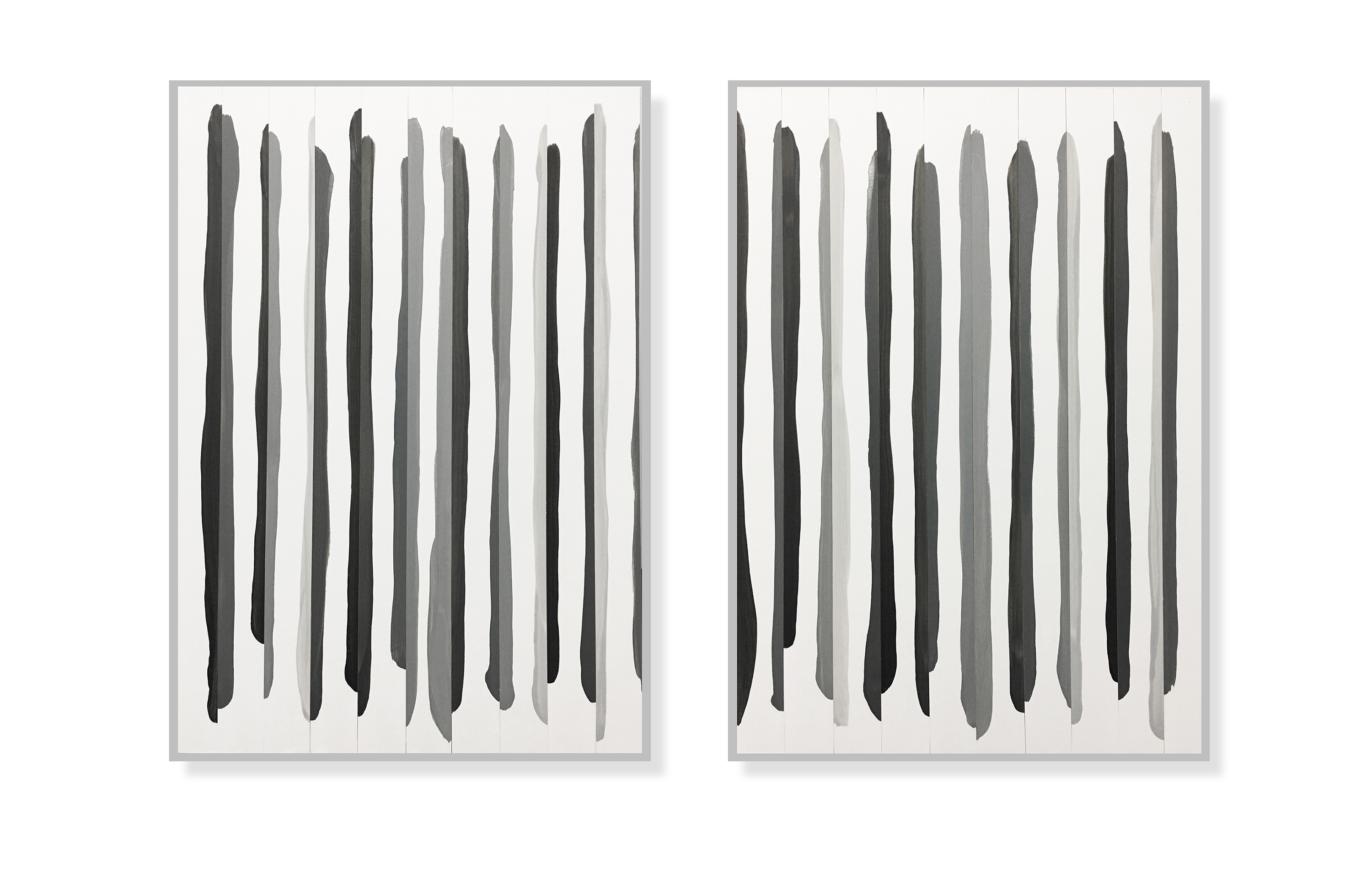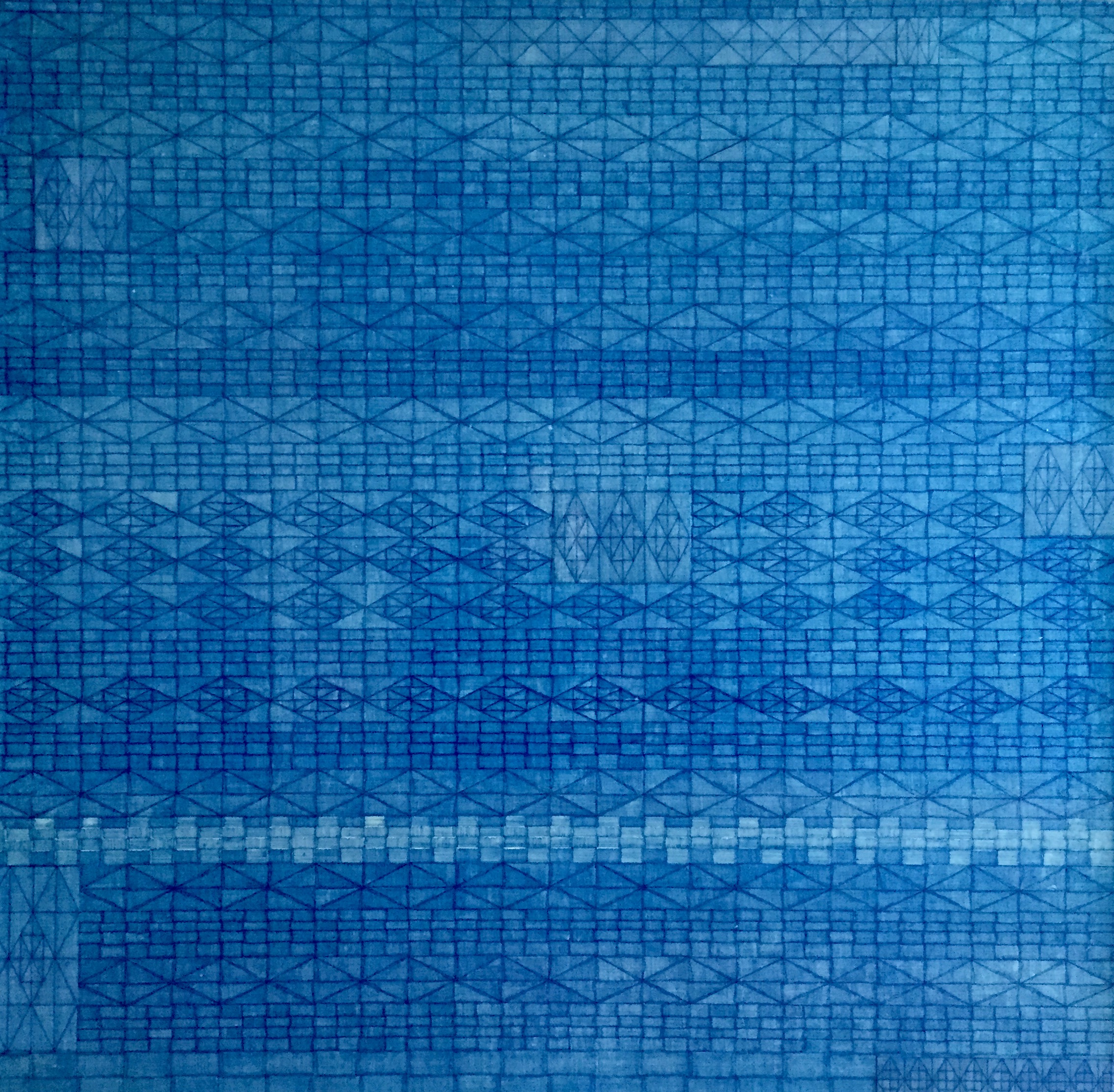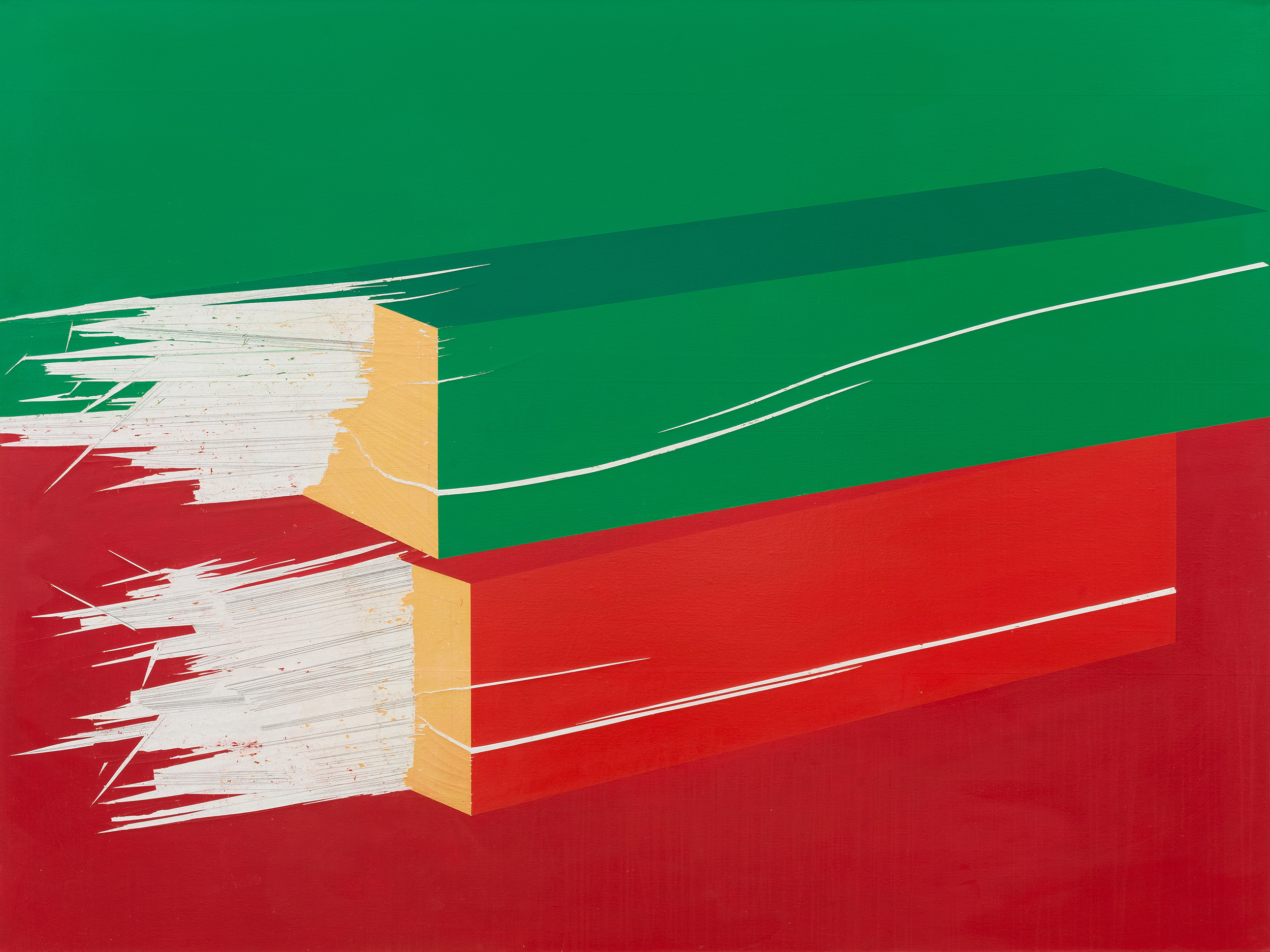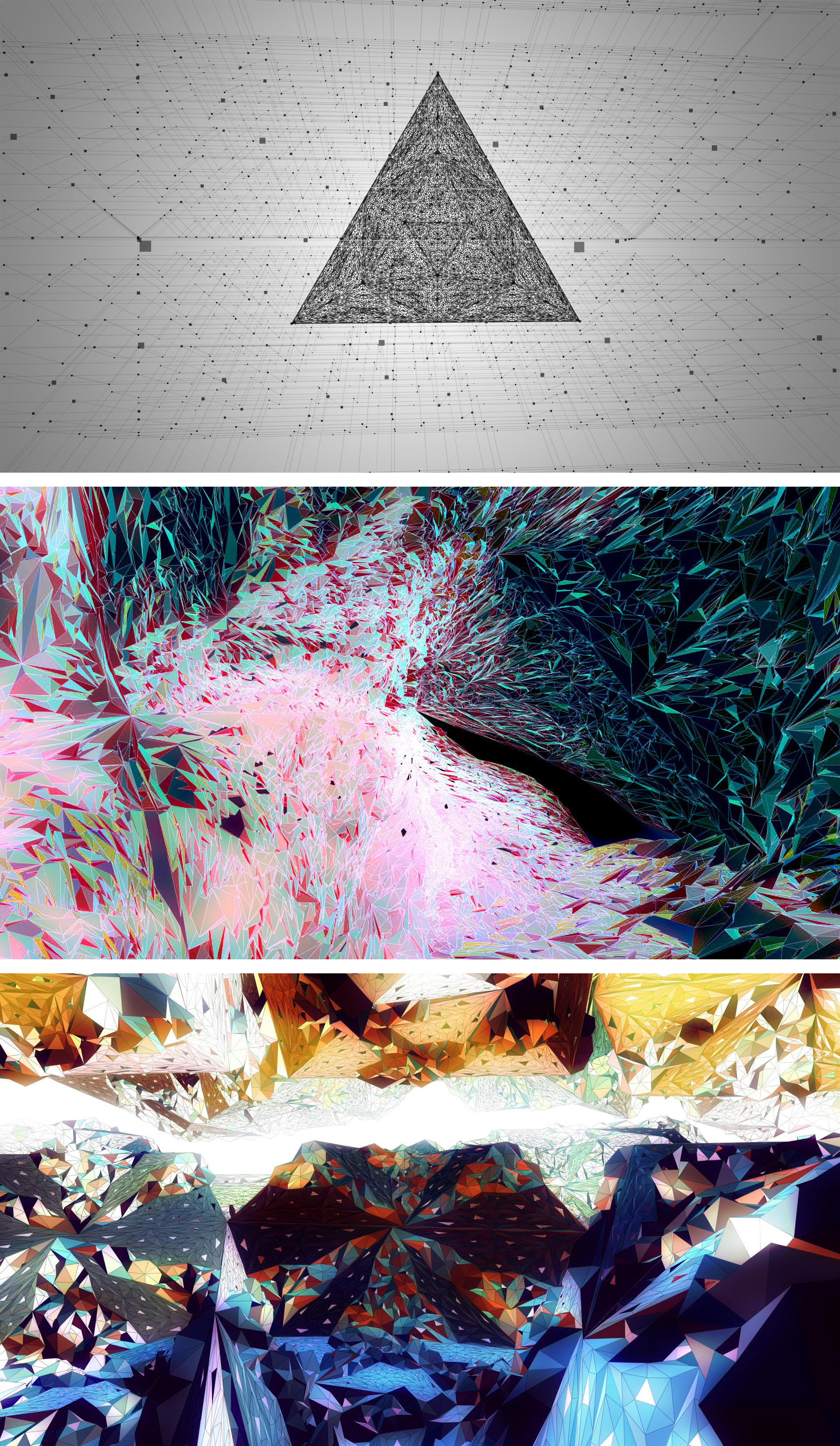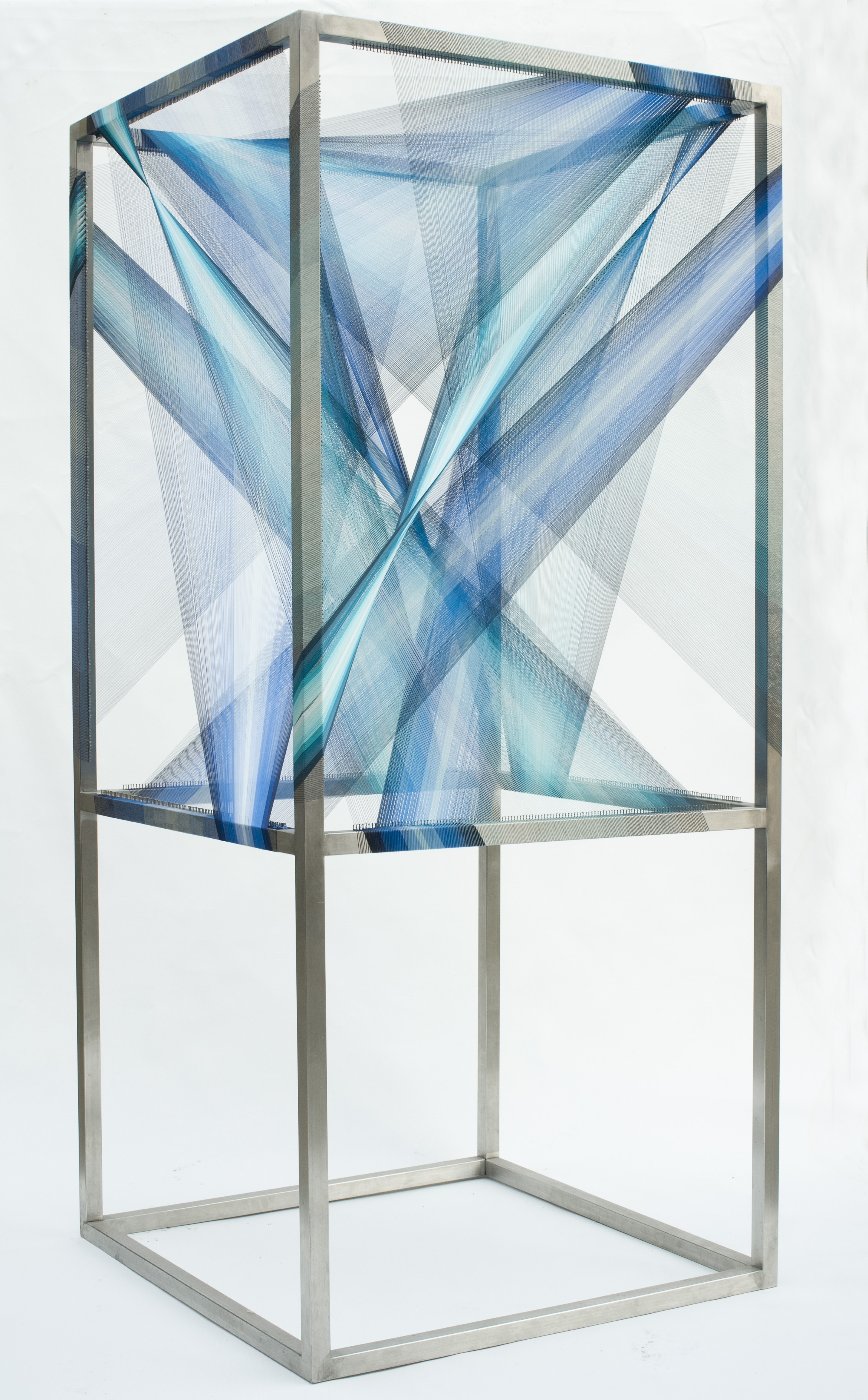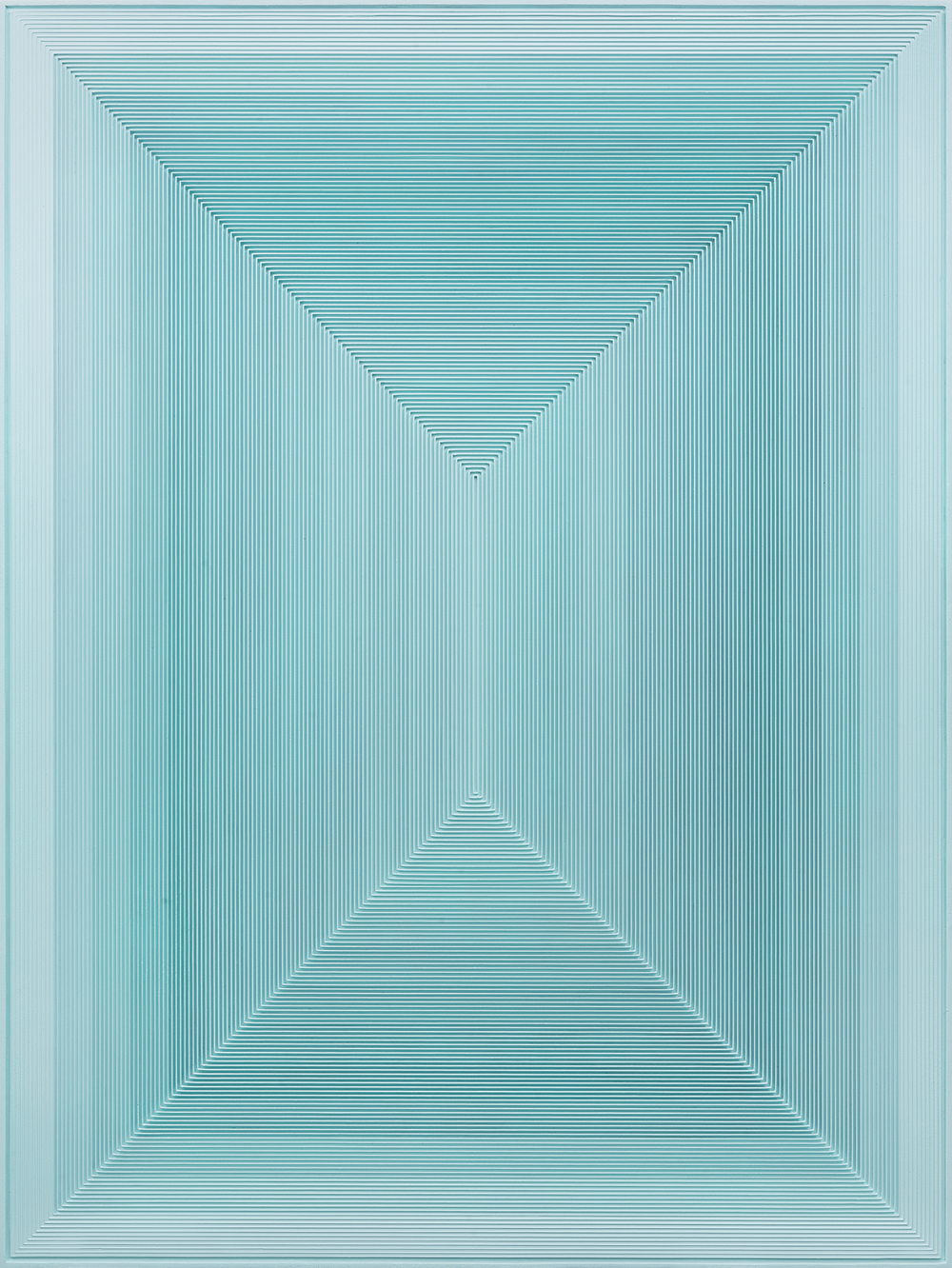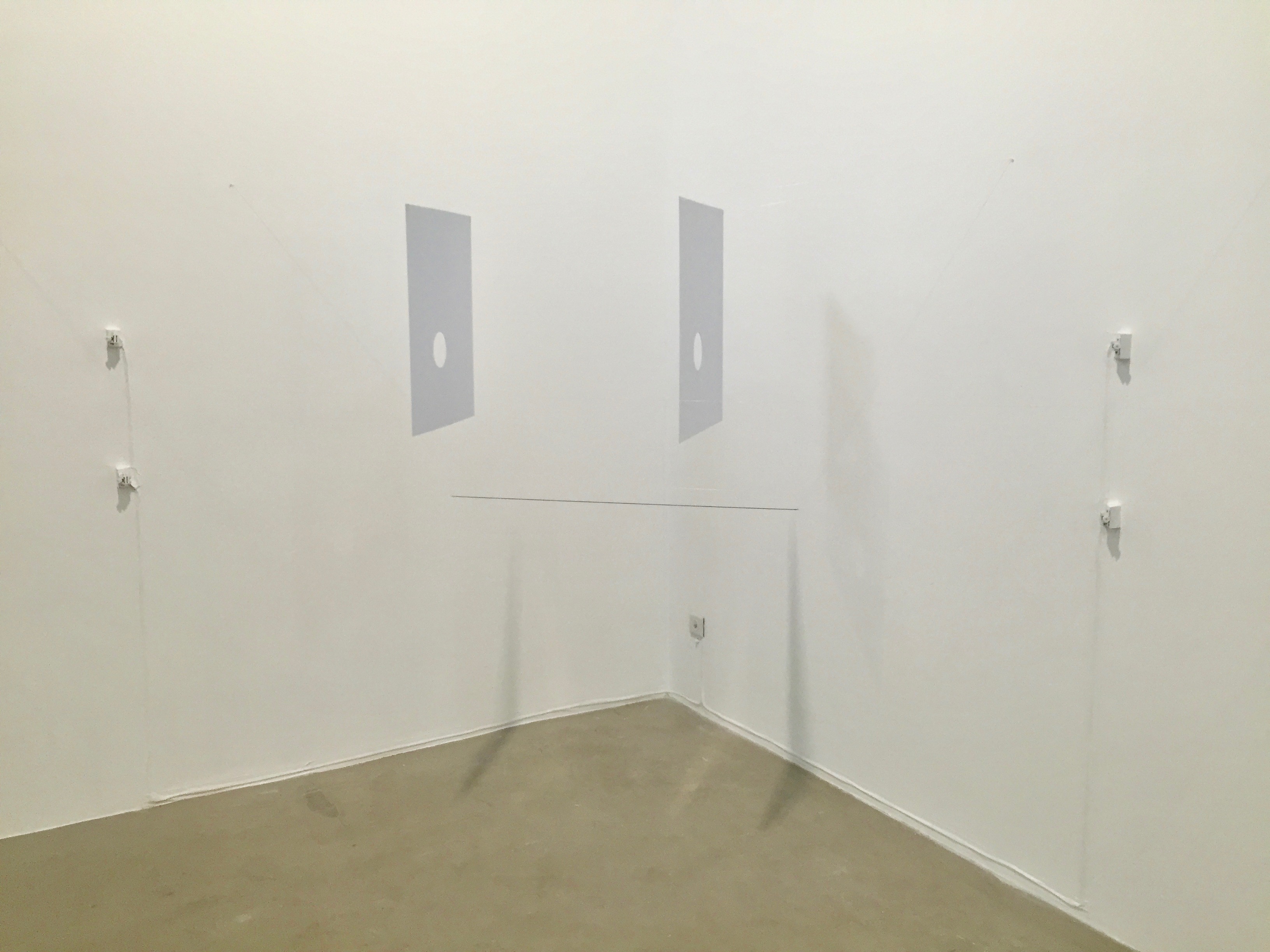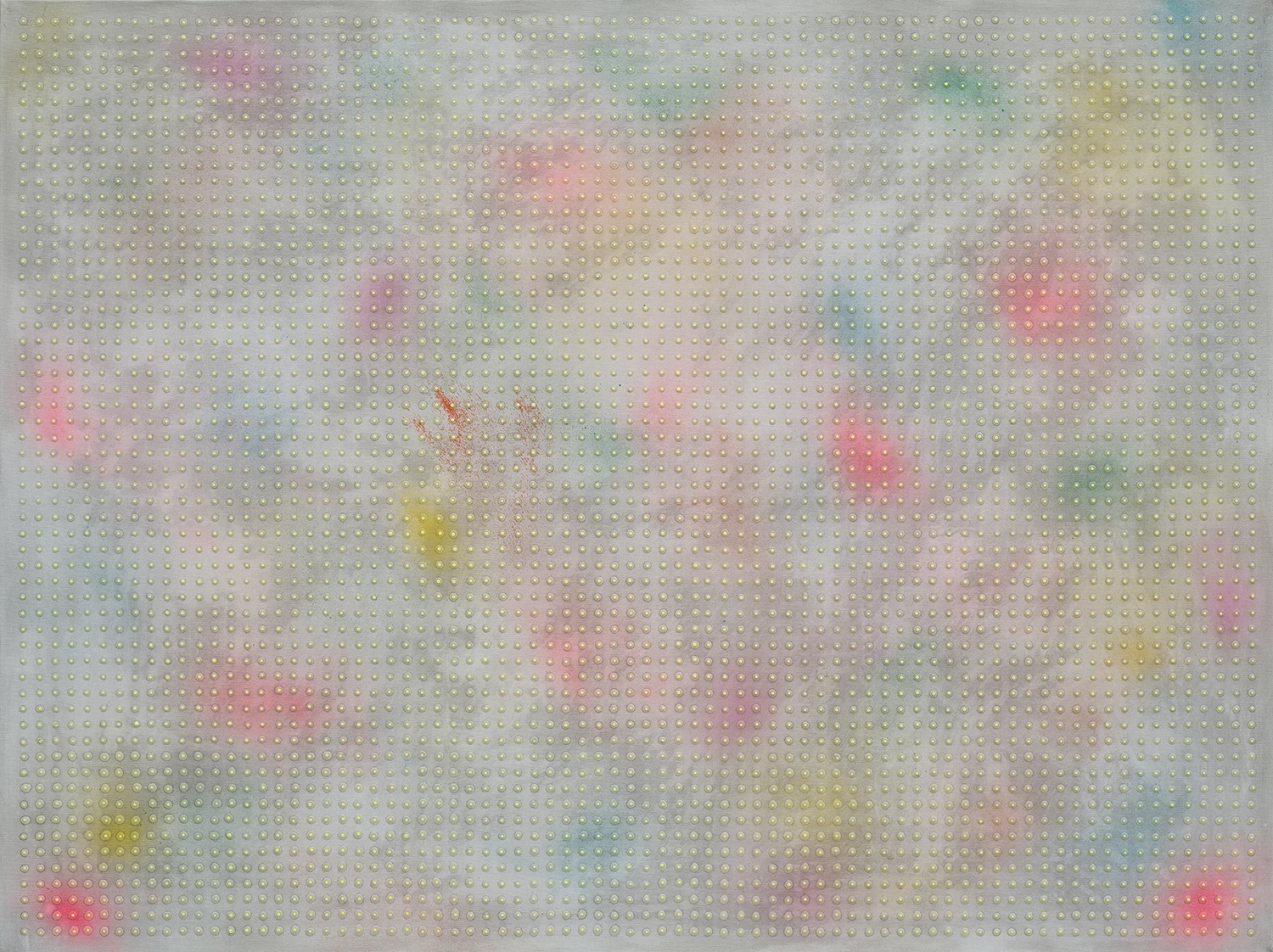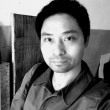- 资质:诚 艺
- 评分:
1分 2分 3分 4分 5分 6分 7分 8分 9分 10分 8.4分
- 印象:
- 经营时间:17年
- 展厅面积:
- 地 区:北京-朝阳
零度之维:抽象艺术的理性表达
- 展览时间:2017-05-27 - 2017-07-07
- 展览城市:北京-朝阳
- 展览地点:酒仙桥路4号798艺术区E06
- 策 展 人: 夏季风
- 参展人员:
展览介绍
零度之维:抽象艺术的理性表达
Degree Zero of Art: the Rational Expression of Abstract Art
艺术家| Artist:
陈丹阳、陈墙、封岩、高入云、戈子馀、顾奔驰、顾亮、郭锐文、冷广敏、李平、李文光、刘国强、刘可、马晟哲、钱佳华、曲丰国、任倢、宋建树、王豪、王一、张如怡、张雪瑞(按姓氏拼音排序)
Chen Danyang, Chen Qiang, Feng Yan, Gao Ruyun, Ge Ziyu, Gu Benchi, Gu Liang, Leng Guangmin, Li Ping, Li Wenguang, Liu Guoqiang, Liu Ke, Ma Shengzhe, Qian Jiahua, Qu Fengguo, Raven Kwok, Ren Jie, Song Jianshu, Wang Hao, Wang Yi, Zhang Ruyi, Zhang Xuerui (by alphabetical order)
策展人|Curator: 夏季风| Xia Jifeng
开幕时间| Opening:2017.5.27 16:00
展览时间| Exhibition Dates:5.27 - 7.7.2017
主办| Organizer:
蜂巢(北京)当代艺术中心| Hive Center for Contemporary Art (Beijing)
地址|Add.
北京市酒仙桥路4号798艺术区E06 |
E06, 798 Art Distrct, Chaoyang Distrct, Beijing, China
蜂巢(北京)当代艺术中心荣幸地宣布,将于2017年5月27日至7月7日举办“零度之维:抽象艺术的理性表达”大型群展。展览由夏季风策划,邀请了二十二位当代艺术家参展,将以平面绘画、装置、雕塑、影像等多种创作媒介,来考察中国当代抽象艺术中的理性表达。本次展览也是继2015年大型群展“秩序的边界”之后,蜂巢当代艺术中心以中国抽象艺术作为考察对象的又一次学术梳理。
本次展览借助法国文学理论家罗兰•巴尔特“写作的零度”理论作为核心,试图借此梳理和呈现当代抽象艺术创作中相对理性表达的一个方向与现场。罗兰•巴尔特的零度写作概念,源于他在1953年发表的一篇文章《写作的零度》。大意是指作者在写作时,竭尽所能摒弃任何个人情感,从而达到冷静、客观、理性甚至机械的叙述,“这是一种纯洁的写作,毫不动心的写作”。然而,情感的零度并不意味着创作中感情的缺失,恰恰相反,是要求作者对自身以及世界的认知能力更为严格,有效地调节和控制个人主观的情感泛滥,将感情降至冰点,让理性来表达现实中的客观。我们无意考察巴尔特的零度理论,是否受到至上主义艺术奠基人卡西米尔•马列维奇创作的启发。但是,不可否认的是,自从马列维奇首创几何抽象绘画之后,他创作中以前所未有的理性表达方式,切实地影响了此后西方几何抽象艺术的发展进程,几何抽象或者称之为冷抽象、理性抽象这一派的创作方式,在艺术史中始终占据了不可忽略的位置。与现实主义绘画相反,抽象绘画注重绘画本身而非主题,作为自身存在的一个实体,在系统内进行自我繁衍和生成,不仅不依赖于对自然对象外观的真实模仿,而且“必须抛弃主题与物象”。不确定的而可能存在的无数内在关系,让抽象艺术充满了无限的活力。马列维奇的几何抽象与康定斯基的抽象表现主义一样,迄今依然是抽象艺术发展脉络中的两条主要线索和起源。
与西方抽象艺术的蓬勃兴盛相比,中国抽象艺术的发展并不顺遂,虽然早在二十世纪20年代的早期油画作品中就露出端倪,例如在当时的艺术团体“决澜社”、“中华独立美术协会”中出现,但严格地说,这些创作实践尚属于后印象主义、立体主义、象征主义和野兽派等艺术流派和思潮的绘画范畴。虽然中国艺术的美学倾向以及形式技巧一直都在演变之中,各种艺术思潮和流派可谓狼奔豕突,风起云涌,但占据主导地位的始终是不变的现实主义思潮。即便在“85新潮美术运动”中,一些艺术家用一种“似抽象而非抽象”的形式,创建了所谓“理性绘画”的思潮,也显然与西方抽象艺术的概念和理论依然存在着不小的出入,更多的是接近西方早期的现代主义艺术色彩,其间的讨论和实践仅仅具有一定的抽象主义倾向而已。随着现代科技发展的加速以及社会环境的改变,尤其是历经机械工业时代之后,在以电脑作为工具和手段的信息时代,一种更为冷静、概括、精练和简化的创作形式正在中国当代艺术中兴起,抽象艺术中的理性表达,成为越来越普遍的现象和创作手法。而这条以几何抽象为线索的创作,上溯至马列维奇和蒙德里安提倡的美学,同时也回应了罗兰•巴尔特的“零度写作”理论。
本次展览也是蜂巢当代艺术中心继“秩序的边界”之后,时隔两年后再次推出的以中国抽象艺术作为考察对象的大型展览。与“零度之维”不同的是,“秩序的边界”着眼于全球范围内的32位以抽象作为创作手段的华人艺术家,从上个世纪二十年代的创作开始,梳理了一条非具象的、去现实主义化的中国抽象艺术创作道路,作品包含了抒情性的热抽象和几何式的冷抽象两条线索。而“零度之维”邀请23位艺术家参展,则纯粹以几何抽象作为关注主线,创作媒介涉及架上绘画、装置、录像、摄影等。虽然展览无法囊括以理性方法来表达的所有抽象艺术家,而是更倾向于把目光集中在年轻艺术家的身上,原因在于这一代艺术家对于抽象艺术的理性表达,在语言和材质上有着更加宽泛的实践。此外,他们创作中呈现出来的多种可能性方向,似乎也更加契合全球化抽象艺术的发展趋势和流变。
|
秩序的边界
艺术家:朱德群、赵无极、林寿宇、尚扬、刁德谦、余友涵、王怀庆、梁铨、苏笑柏、吕振光、马树青、陈墙、丁乙、刘野、李磊、颜磊、周力、陈若冰、周洋明、陈彧凡、王光乐、刘可、梁远苇、陈丽珠、迟群、鞠婷、唐明伟、冷广敏、钱佳华、李平、王一、王智一(按年龄顺序) 策展人:夏季风 展览时间:2015年4月4日 至 2015年5月4日 |
|
The Boundaries of Order
Artists: Chu Teh-Chun, Zao Wu-ki, Richard Lin, Shang Yang, David Diao, Yu Youhan, Wang Huaiqing, Liang Quan, Su Xiaobai, Lui Chun Kwong, Ma Shuqing, Chen Qiang, Ding Yi, Liu Ye, Li Lei, Yan Lei, Zhou Li, Chen Ruo Bing, Zhou Yangming, Chen Yufan, Wang Guangle, Liu Ke, Liang Yuanwei, Chen Lizhu, Chi Qun, Ju Ting, Tang Mingwei, Leng Guangmin, Qian Jiahua, Li Ping, Wang Yi, Wang Zhiyi (Ranked by age) Curator: Xia Jifeng Exhibition Dates: 2015 4.4 - 5.4 |
Hive Center for Contemporary Art (Beijing) is pleased to announce the opening of Degree Zero of Art: the Rational Expression of Abstract Art on 27th May. 2017. Curated by Xia Jifeng, Degree Zero of Art invites 22 participating artists who work purely in Geometric Abstraction in such mediums as painting, installation, video and photography. Two years after Boundaries of Order, this is the next major exhibition at the Hive Center for Contemporary Art to examine Chinese Abstract art.
At the theoretical core of this exhibition is the concept of “zero writing” from French literary theorist Roland Barthes, which it employs in an attempt to sift through and present a direction and scene of relatively rational expression within contemporary Abstract artistic creation.
Barthes’ concept of zero writing comes from his 1953 book Writing Degree Zero. The basic idea is that when writing, the author strives to cast off all individual emotion and thus achieve a cold, objective, rational, even mechanical account, “an impassive mode of writing, innocent.” Meanwhile, zero emotion does not imply the loss of emotion in creation. To the contrary, it demands that the artist possess greater ability to recognize the world and to effectively adjust and control their own floods of subjective emotions, lowering their emotions to the freezing point so that reason can express the objective reality. It is not our intention to examine whether Barthes’ zero theory was influenced by Suprematist artist Kazimir Malevich, but we cannot deny that since Malevich’s creation of Geometric Abstraction painting, his work, with its unprecedented levels of rational expression, influenced the progression of Geometric Abstraction in Western art. The creative approach of Geometric Abstraction, sometimes called Cold Abstraction or Rational Abstraction, occupies an important position in art history. Much to the opposite of realist painting, Abstract painting focuses on painting itself, not subject matter, and stands as a substantive presence as it carries out self-replication and generation within the system. Not only is it not dependent on the true imitation of the likeness of nature, it must, as he said discard subject matter and appearance. Infinite uncertain but possibly extant internal relationships fill Abstract art with unlimited vitality. Malevich’s Geometric Abstraction, like Wassily Kandinsky’s Abstract Expressionism, is still one of the main two threads and origins of Abstract art today.
Compared to the vigorous growth of Abstract art in the West, its development has not gone so smoothly in China. Though beginnings of Abstract art could be seen in some oil paintings from the 1920s, such as certain works from the Storm Society and the Chinese Independent Artists Association, strictly speaking, these creative practices belonged instead to such styles and schools as Post-Impressionism, Cubism, Symbolism and Fauvism. The aesthetic leanings and formal techniques of Chinese art have continued to evolve, with many schools and ideas bursting forth in great waves, but unchanging realism has always held the dominant position. Even during the 85 New Wave art movement, some artists were using forms that resembled, but did not equate to, Abstraction, to establish the school known as “Rational Painting,” which evidently had many small differences from the concepts and theories of Western Abstract art, and was much closer to the early modernist art of the West. The discussion and practices within only had some Abstract leanings. With the acceleration of modern technological development and changes in the social environment, especially the experience of the age of mechanical industry and an information era where computers serve as tools and means, a colder, more generalizing, refined and simplified creative method is now rising in Chinese contemporary art. The rational expression of Abstract art is growing more widespread as a phenomenon and creative approach. Such creations that follow this thread of Geometric Abstraction can be traced back to the aesthetics advocated by Malevich and Piet Mondrian, but also correspond to Barthes’s theory of “zero writing.”
Two years after Boundaries of Order, this is the next major exhibition at the Hive Center for Contemporary Art to examine Chinese Abstract art. Unlike Degree Zero of Art, Boundaries of Order focused on 32 Chinese artists around the world who use Abstraction as a creative means, beginning in the 1920s to trace a non-figurative, decreasingly realist path of Abstract art in China, and featured the two threads of expressive “warm Abstraction” and geometric “cold Abstraction.” Degree Zero of Art, on the other hand, invites 22 participating artists who work purely in Geometric Abstraction in such mediums as painting, installation, video and photography. As the exhibition is unable to cover all of the Abstract artists who express through rational means, it sets its sights on the younger artists, because this generation tends to have much broader linguistic and material practices of rational expression in Abstract art. Furthermore, the multiple directions of possibility presented in their works seem to better fit the developmental trends and shifts in globalized Abstract art.

 黄琦
黄琦 测试用艺术
测试用艺术